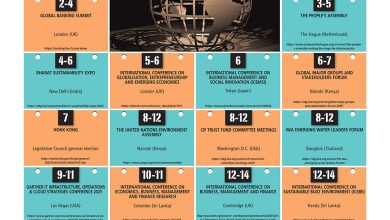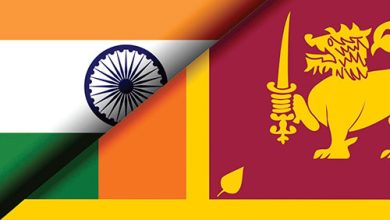INDIA ELECTIONS

HOW RURAL INDIA FOUGHT MARGINALISATION
Saro Thiruppathy underscores the reasons for Prime Minister Narendra Modi’s Bharatiya Janata Party losing its majority at the recent elections

India went to the polls on 19 April and the process lasted until 1 June. It took three days to count about 642 million of the votes cast across 543 constituencies for seats in the Lok Sabha, which is the country’s lower house of parliament.
In spite of exit polls predicting a resounding victory for the Bharatiya Janata Party (BJP), it failed to reach the halfway mark of 272 seats and needed the support of the National Democratic Alliance (NDA) of which the BJP is a part to form a government.
The BJP’s 240 seats plus 53 from other parties in the NDA enabled India’s erstwhile ruling party to secure a majority in parliament with 293 seats.
And on 5 June, the NDA elected Prime Minister Narendra Modi as the leader of the alliance.
Following two past elections in 2014 and 2019, the BJP was able to form a government on its own without having to form a coalition.
In 2014, it received 31 percent of the vote, which won the party 282 seats; and together with those of the NDA, it obtained a total of 336 seats. And in 2019, the BJP cruised to victory with 303 seats; and together with those of the NDA, it occupied 353 seats in parliament.
So what happened to ‘brand Modi’ and why did it lose some of its lustre in 2024?
Modi’s successes include robust growth projections, lunar explorer Chandrayan-3’s landing on the moon, the Ram Mandir opening in Ayodhya after a bitter feud over the land on which the Babri Masjid once stood – until it was destroyed by nationalist Hindu mobs in 1992 – recognition by the West, hosting the Group of Twenty (G20) summit in 2023 and so on.
CONSTITUTION The BJP campaigned vigorously to secure 400 seats in the Lok Sabha to ensure that the Congress Party (CP) wouldn’t be able to disrupt its plans to rescind the reservations allocated in the Constitution of India for the Scheduled Castes and Scheduled Tribes.
The constitution requires the government to address the social, educational and developmental needs of the Other Backward Class (OBC) communities as well. OBCs are entitled to 27 percent of reservations in the public sector, employment and higher education.
This famous inclusion in India’s constitution was a brainchild of the Chairman of the Drafting Committee Dr. B. R. Ambedkar, who was himself a Dalit.
SOCIAL ISSUES The case of Uttar Pradesh (UP) offers an insight into some of the reasons why the BJP lost its majority in India.
Though the party claims that poverty levels have dropped in the country, analysts beg to differ. Swathes of the population continue to live on only one meal a day.
Inflation is still causing concern across the subcontinent, particularly since the food welfare programme instituted during the COVID-19 pandemic ceased last year.
Farmers among the Dalit and backward classes were demanding minimum crop prices and so on due to the hardships they faced. The government ignored their protests at its own peril however, and was punished at the polls.
Unemployment caused much concern among rural and urban communities meanwhile, and the nearly forced conscription of youth into the army for a four year stint angered many who felt they would lose the opportunity to find well-paying jobs during that time.
In spite of alienating the backward caste groups from the Samajwadi Party in UP, the BJP did not live up to its promise of equality and the upper castes continued to hold power in disproportionate numbers.
As a result, the Samajwadi Party joined the Indian National Developmental Inclusive Alliance (INDIA) and won 37 seats in UP; and together with the CP’s six seats, the alliance secured a total of 43 in the state. The BJP won only 33 seats this year, compared to its 71 in 2014 and 62 in 2019.
Another issue was the discriminatory anti-Muslim law that will grant citizenship only to non-Muslim illegal immigrants from neighbouring countries.
This legislation was shelved temporarily due to the violent protests that accompanied its passing in parliament in 2019. However, there are plans to revive the law and implement it soon.
INDIA ALLIANCE The revival of the Congress Party through the INDIA alliance had a serious impact on Indian voters, who found it to be a better alternative to the BJP.
Rahul Gandhi and the CP stayed the course in spite of a string of defeats at previous elections, and came out swinging in 2024 with 99 seats compared to the 52 it won in 2019. The INDIA Alliance won an impressive 232 seats this year.
This victory gives the opposition more power in parliament to hold the NDA accountable for its actions, and the three times prime minister of India may not have an easy ride this time around.





